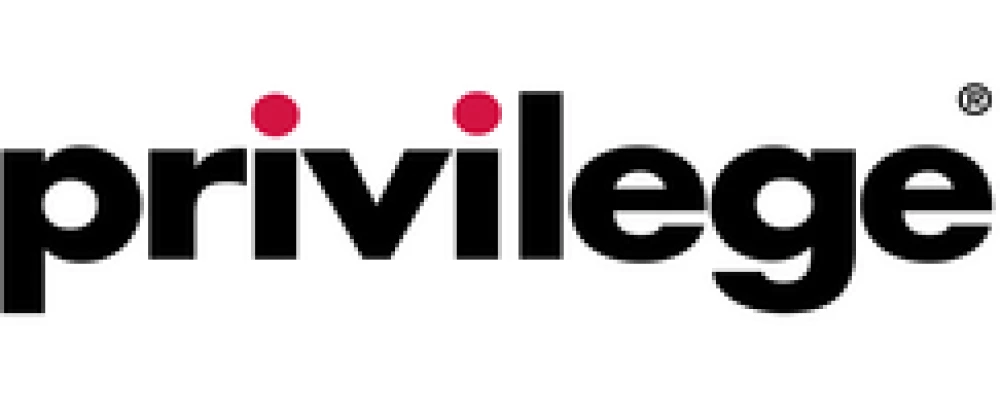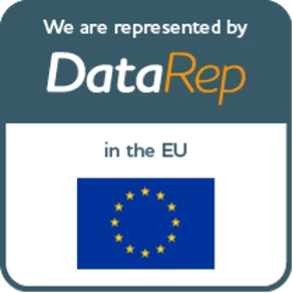Introduction
To really understand advertising and how to measure its effectiveness, it’s first necessary to accept a basic truth: mostconsumers don’t give a stuff about brands and only pay scant attention to adverts.
Les Binet, Group Head of Effectiveness at adam&eveDDB (https://adamandeveddb.com), is an ad man who understands this only too well, and as a result sees the function of advertising as being very straightforward.
He says:
Advertising increases / maintains sales and margins
by
Slightly increasing the chance people will choose your brand
by
Making the brand easy to think of and easy to buy
and
Creating positive feelings and associations
via
Broad reach ads that people find interesting and enjoyable
and
Targeted activation they find relevant and useful
Of course, he’s right. The truth is, most adverts don’t even succeed in permeating the consumer’s consciousness.

The real role of advertising
Given these truisms, how should we view the role of advertising and how should we judge its effectiveness? The answer depends on the nature of the campaign and the channel(s) being used.
Instant fulfilment, digital advertising
For example, some digital ads are designed to drive instant fulfilment, which may require the consumer to click through to a website, call a freephone number or register for more detail.
This type of ad often has only 8-10 seconds to turn unawareness into action, during which time it must first grab the consumer’s attention, potentially in the middle of a lot of other ads looking to do the same.
Then, it needs to be able to convey its offer quickly and succinctly, with enough clarity, relevance, and impact to convince the consumer to act.
Moreover, because subsequent fulfilment requires conscious decision-making on the part of the consumer, the information conveyed must also be impactful enough to enable it to permeate the consumer’s System 2 (conscious) mind.
The digital ads that do this most successfully appear simple and straightforward. However, their construction is actually based on a very detailed understanding of the consumer, and the messages that are going to resonate the most.
Measuring digital advertising effectiveness
So, what about the effectiveness metrics for this form of digital advertising?
Bearing in mind its fleeting nature, post-launch measurement can be done in two ways; 1) by analysis of web analytics or 2) by viewer intercept feedback.
The former is well-established and will normally be conducted by your digital ad agency, and will include analysis of the following metrics:
- Impressions served
- Ad click-through rates
- Page views
- Average session duration / exit rate
- Unique v returning web visitors
- Conversion rate (i.e. the % of times your ad leads to a desired outcome)
- Cost per conversion
Alternatively, A/B testing can be used, whereby two (or more) executions of the same ad are deployed with early monitoring to track which is performing better against the measures above. This approach will enable you to adopt the stronger execution for wider roll-out.
The latter is more focused on primary consumer feedback, whereby viewers are intercepted just after ad exposure and asked some simple, quick questions that shine a light on the impression the ad has made on them.
For example, was it:
- Memorable
- Engaging
- Relevant
- Do they remember the brand
- Does it make them more likely to consider buying (if that’s the desired outcome of the advertising)
These are measures that are valuable and that cannot be picked up by analysing web analytics. From an advertising lifecycle perspective, this kind of research can also be run pre-launch to aid executional and campaign development.
Multi-channel advertising
For multi-channel campaigns, particularly those including TV, the challenge is entirely different, because their role is to increase the likelihood of the brand being spotted on-shelf, or coming to mind at the moment of purchase, at some point in the future.
In the case of FMCG products, that future point may be when the consumer is next doing the weekly shop. For bigger ticket items such as white goods or cars, it is likely to be much further into the future.
To enable some degree of brand recognition or recall, the campaign must succeed in increasing the brand’s mental availability – the extent to which it is able to come to mind at the moment of purchase. It does this by lodging brand ‘fragments’ in the consumer’s sub-conscious (System 1) memory.
For those fragments to stand a chance of being retained, even at a subconscious level, the campaign must succeed in conveying sufficient levels of brand salience (or relevance) to convince the hard-working and labyrinthine subconscious that there is something worth taking note of.
It does this through the creative way it communicates the brand’s proposition, its target audience, and its personality.
It is estimated that a consumer needs to be exposed to the same campaign 6-8 times before these fragments can ‘land’ to a sufficient degree.
The multi-channel advertising challenge
Of course, to even stand a chance of these fragments landing at all, the campaign must first succeed in attracting the consumer’s attention. From a standing start, TV / cinema ads have slightly longer than digital ads to do this, but not much!
The ad must then be capable of converting sufficient attention into sufficient engagement.
To do so it must:
- establish the brand’s relevance to the target audience. Not just in terms of the product or service that is being offered, but by making the target audience feel that the advert is aimed at them, and that the brand understands them. Even a highly appropriate offer can be ignored if it seems it is being aimed at different target audience
As part of relevance, the ad also needs to communicate product/service features and benefits that suggest parity or (occasionally) competitive differentiation.
- Ensure the core offer is This one is a no-brainer, but if the ad can’t be understood, then it is unlikely to have a positive impact
- Help to make the brand’s name and logo, memorable and recognisable. If the brand name cannot be recalled at the critical moment, then the advertising is effectively working for the competition.
Similarly, if its packaging or appearance is not sufficiently memorable this increases the chance that a competitor’s pack is picked up instead
- Making the brand feel accessible, in terms of its ease of purchase. Even if the campaign succeeds in delivering the above, it can still fail (at the last hurdle) if the purchase process appears unnecessarily challenging or long-winded.
Advertising effectiveness metrics
In order to assess the extent to which the campaign is successful in relation to these criteria, a number of different metrics are generally required. Pre-campaign levels must be benchmarked before the campaign is launched and monitored through the life of the campaign:
- Brand recognition: to determine the extent to which the consumer can identify the brand – by its logo and packaging
- Brand recall: to determine how easy it is for consumers to match the brand name to its advertising / content
- Brand association: to identify what the consumer associates with the brand at both rational and emotional levels.
- Brand relevance: to what extent does the ad succeed in convincing the consumer that the brand is relevant to them, in terms of its offer, its personality and its focus?
- Message take-out: to determine the extent to which the key messages are landing, being correctly interpreted, and understood?
- Brand memorability: If the ad succeeds in delivering all of the above in an impactful way, then it is far more likely to be memorable. If the ad fails to deliver against one or more of the above, then the brand is far less likely to be (correctly) recalled
- Return on ad spend (ROAS) or econometrics: what kind of return can we expect from the campaign investment
Brandspeak’s brand ecosystem
Creative advertising is essential, in order to cut through the competitive noise. But ads that rely on creativity alone are highly unlikely to deliver the level of brand salience that is essential to create mental availability. This requires the campaign to be built on a degree of brand salience that affects a change in consumer behaviour or attitudes.
Brandspeak’s Brand Ecosystem is an approach to insight development that turns the conventional brand model on its head. Rather than testing advertising in isolation or evaluating the brand within a vacuum, we draw the connections between advertising, brand, and the impact they have on consumer behaviours and attitudes.
Only by doing this, can we truly understand the effectiveness of an advertising campaign; how it helps to build brand salience or create a shift in consumer behaviour and attitudes.

Contact Brandspeak
For more information how on to use market research to ensure your advertising campaign is maximising brand salience and mental availability, contact us at Brandspeak at enquiries@brandspeak.co.uk or by calling us on 0203 8580052.














